What on earth is 90 + candle candle coffee? what does 90 + mean?
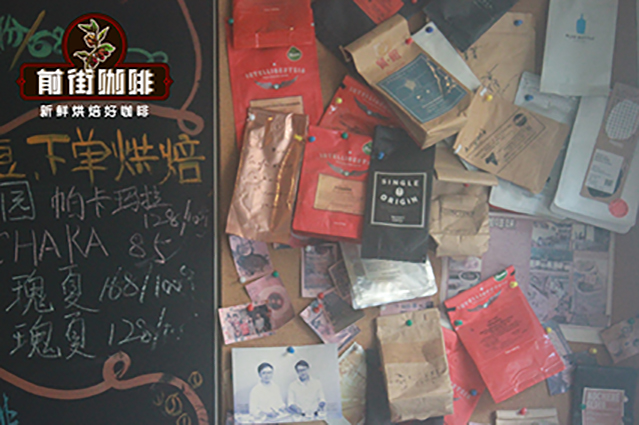
Professional coffee knowledge exchange more coffee bean information please follow the coffee workshop (Wechat official account cafe_style)
In the boutique coffee industry, nothing is more popular in Africa than Ethiopia. In Qianjie shops, both Ye Jia Xuefei Coffee and Sidamo Sakuran Coffee are very popular among coffee fans. in recent years, 90 + candle boutique coffee beans, which have been collected by coffee fans all over the world, also come from Ethiopia's Sidamo producing area, and Qianjie also thinks that it has flavor charm to be reckoned with. Then the front street of this article will introduce the 90 + candlelight boutique coffee beans from the Sidamo coffee producing area of Ethiopia.
Front Street Coffee Ethiopia 90 + Candle Coffee beans
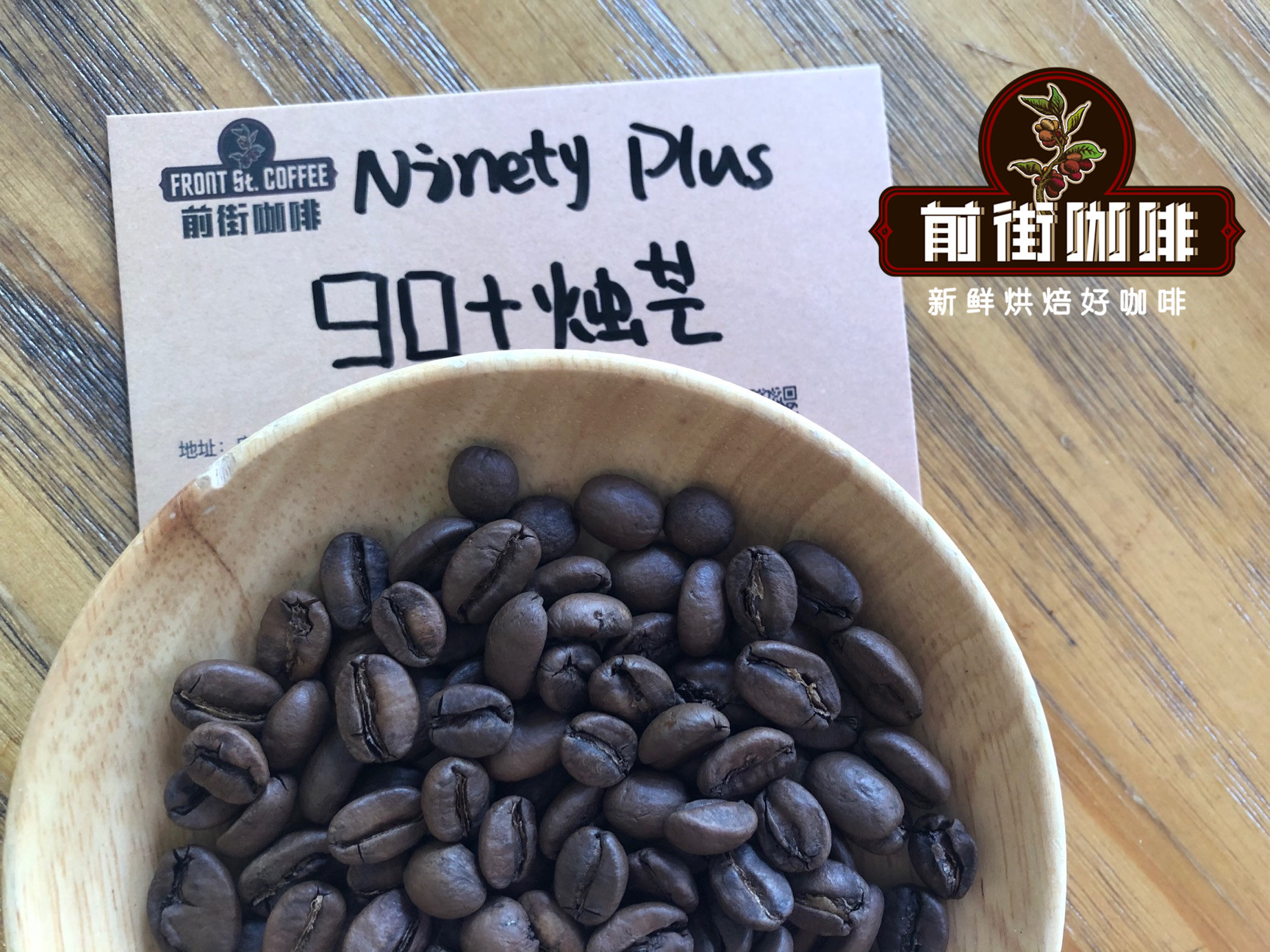
Country: Ethiopia
Producing area: Sidamo (90+SNNP Manor)
Altitude: 1750-2000m
Variety: native species
Treatment method: sun treatment
Flavor: nectarine, tropical fruit, cream, mango, citrus
What does 90 + mean?

Coffee fans may first see 90 + coffee and may think it is coffee beans with a score of more than 90, but in fact, the full name of 90 + is Ninety Plus Coffee, which represents a boutique coffee supplier from the United States.
90+ company was founded in 2006, but in just 10 years, it let coffee fans all over the world see its unique charm, and even caused a boutique coffee craze all over the world. Qianjie most admired is that 90+ company launched the first coffee in 2007, has been the precious first choice for coffee fans, until today 90 + symbolizes the world's top boutique coffee. It is even better than any other expensive coffee in taste and quality.
But 90 + boutique coffee beans are named according to their flavor. For example, the 90 + candle candle beans in Qianjie have mango flavor, and 90 + has launched 13 top coffee families with different flavors.
The main sources of these coffee beans are native species from Ethiopia. 90+ companies will specifically ask Ethiopian coffee farmers for the sweetest and highest quality coffee fruits, and after the ecological environment is ripe, they will be processed to the highest standards and optimize their taste, which is what 90+ is good at.
According to Qianjie, it is understood that they will taste the coffee beans purchased from coffee farmers one by one with varieties, microclimate, harvest 17, and will design the most suitable processing method for each coffee bean to achieve a highly identifiable coffee flavor. It is precisely because of the innovation of 90 + coffee that coffee has been given a unique color.
The 90 + candle in Qianjie is a native coffee bean from the Sidamo producing area of Ethiopia. Coffee fans who have tasted Ethiopian coffee know that the coffee in Ethiopia is famous for its citrus and lemon flavours. Sidamo province is also the most famous coffee producing area in Ethiopia, which means that the coffee bean base of 90 + candle is excellent in itself, and it is processed exclusively by 90 + company. It makes Sidamo coffee beans have a new charm.
Sidamo producing area
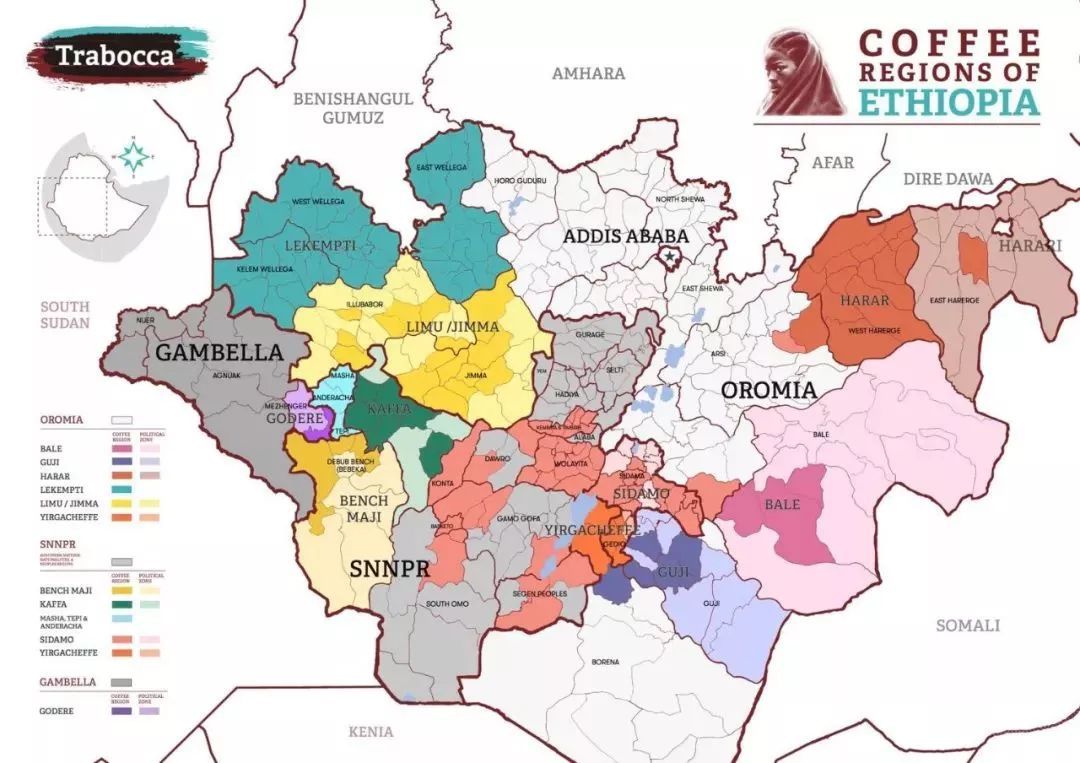
Qianjie often says that the three main reasons that affect the flavor of a high-quality boutique coffee bean are coffee producing area, coffee variety and treatment method. The decisive factor of producing area is the most important of these three, which includes geographical location, climate and soil factors. These conditions are indispensable.
As the former street article said, the Sidamo producing area is the most famous coffee producing area in Ethiopia, this is because the Xidamo producing area is as high as 1400-2100m above sea level, and there is fertile volcanic soil, which is very suitable for the cultivation of high-quality coffee trees. and because the Sidamo region has different soil types and microclimate, the flavor of the coffee fruit produced here is very diversified. For example, the Yegashifi coffee beans on the front street originally came from Sidamo, but because their flavor is brighter and cleaner than Sidamo coffee, there is no small difference, so they are divided into Sidamo area.
Thus it can be seen that the locally grown coffee beans in the Sidamo region of Ethiopia are also the best of the boutiques, and it is no wonder that 90 + companies choose the coffee beans produced here.
90 + candle candle treatment
As mentioned in the previous street article, 90 + candle candle coffee beans are treated by the sun treatment, but it is different from the old sun treatment, it is the improved sun drying method of 90 + company, so it will not make the coffee beans have a bad smell like the old sun treatment.
On the other hand, because 90+ only deals with the most mature coffee fruits selected by hand, it takes more pains to turn and dry constantly in the sun to ensure uniform drying, so that the dried coffee beans can not only maintain the clear sour and lubricated taste of Sidamo coffee beans. it can also express unreservedly the sweetness of the round and full aftertaste of the sun treatment and the acidity of the fruit just right to make people feel good. Then let's talk about the process of tanning treatment in front of the street.
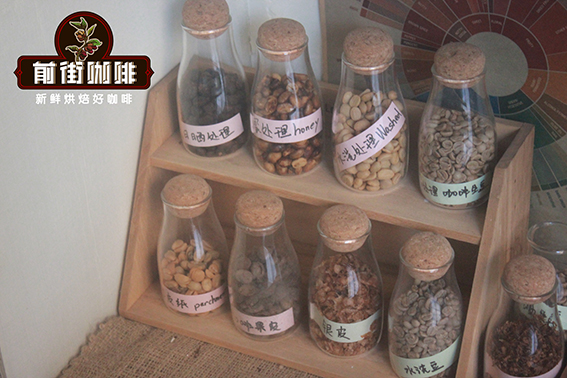
Process of solarization treatment
1. Collect, filter
The first step is to pick the ripe coffee fruit, and then select the defective, overripe or moth-eaten coffee fruit through manual screening, leaving good beans. This is also most of the reasons why the appearance of coffee beans can be more uniform and good-looking in the front street store.
two。 Drying
After manual screening, the good fruit will be sent to the drying place for drying, of course, different coffee producing areas use different drying racks, some may be tarpaulins, high beds or cement floors, etc., with an average drying time of 27-30 days. The drying process is not completed until the moisture content of coffee is reduced to 11%.
3. Peeling
This step is also a critical step. After drying, the coffee fruit will be sent to a special processing plant for peeling and shelling, and even polished, so that the pulp and other parts of the coffee fruit will fall off before getting the real common coffee beans.
4. Screening, sorting and storage
After peeling, raw coffee beans will be screened again to remove coffee beans that do not look good. This is because overdried coffee beans will be fragile and will be crushed during peeling, while underdried coffee beans will contain too much water, and if the water is too active, it will make coffee beans prone to bacteria and mildew, so they will be re-screened before they are sent to the warehouse for storage and packaged for export.
The above is the relevant information and introduction of Ethiopia Sidamo 90 + candle candle coffee beans compiled by Qianjie, and Qianjie will pass a large number of roasting and brewing tests when a new coffee bean is not on the shelf. select one of the most suitable for this coffee bean brewing data for Qianjie coffee fans to taste, the purpose is to show you the best flavor of candle candle coffee beans Next, let's share the roasting and brewing data of 90 + candle candle coffee in the front street.
Roasting Analysis of Qianjie Coffee
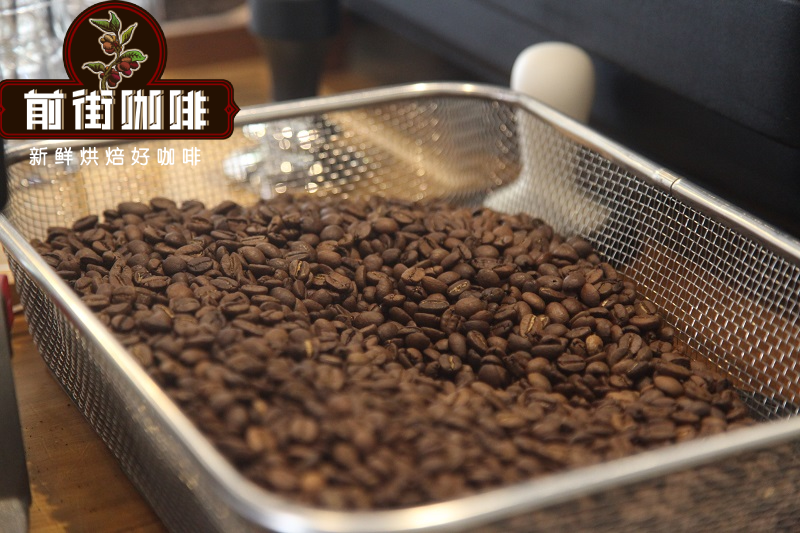
The front street roaster thinks that in order to bake out the fragrant fruit smell of this coffee, we should use a fast roasting way to force out the aroma of the coffee and roast it moderately.
The furnace temperature is 200 ℃ into the pot, the throttle is opened for 30 seconds, the firepower is 150 ℃, the throttle is unchanged, the return temperature is 1: 32 ", 103.7 degrees, and the dehydration time is 5: 21". At this time, the bean table turns yellow, the smell of grass completely disappears, 150 ℃ adjust the firepower, dehydration is completed, the firepower is adjusted to 100 ℃, and the throttle is adjusted to 4.
The 8th minute 45 seconds, the bean table appeared ugly Hu wrinkles and black markings, the smell of toast obviously turned to coffee, can be defined as a prelude to an explosion, an explosion time point at 9: 00 to start an explosion, this time to listen clearly to the sound of an explosion point, adjust the firepower to 80 ℃, the throttle fully open 5 (adjust the firepower to be very careful, not to be small to non-burst sound), a burst after 1q55 ", 195 ℃ into the pot.
Suggestion on brewing coffee in Qianjie
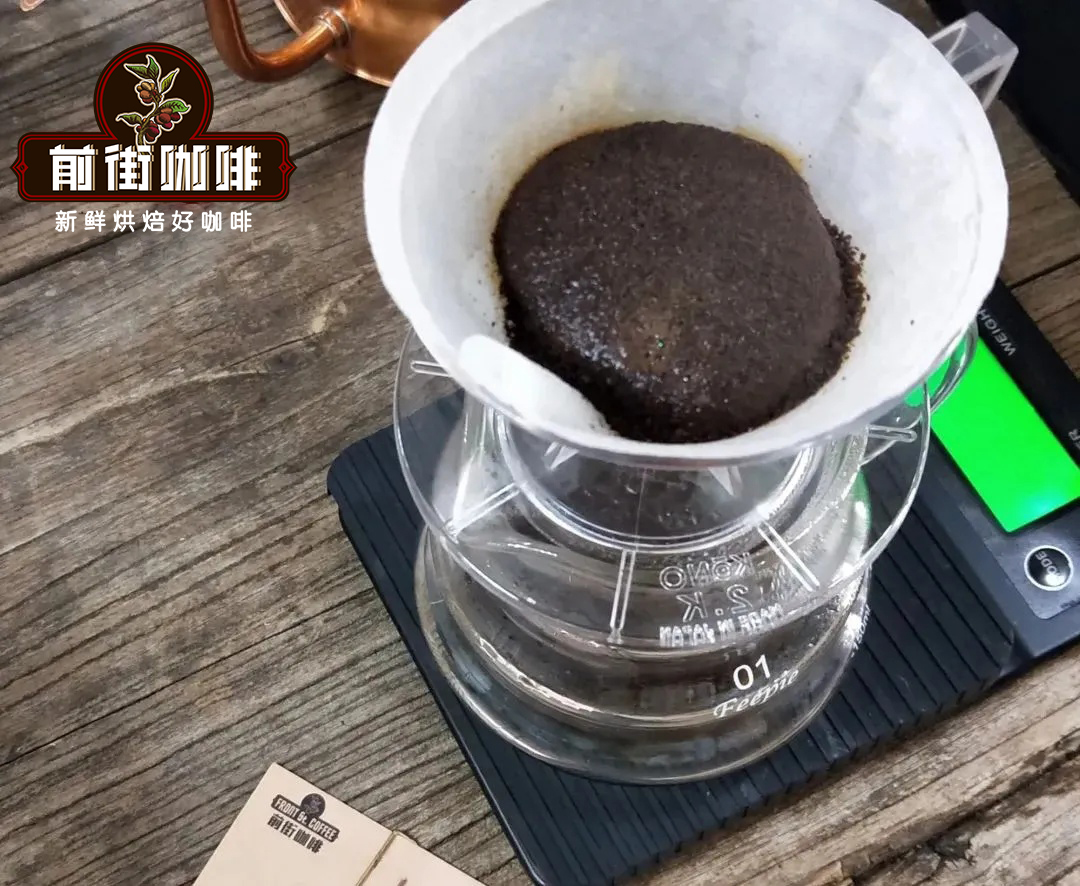
Filter cup: Hario V60
Water temperature: 90 ℃
Amount of powder: 15g
Powder / water ratio: 1:15
Degree of grinding: medium and fine grinding (BG 6m: 80% pass rate of Chinese standard No. 20 screen)
In order to brew the tropical fruit aroma of Candle Coffee as well as its round and full taste and delightful acidity. Use a segmented cooking technique.
Steam with 30 grams of water for 30 seconds, small water flow round the circle to 120 grams for stages, when the water level is about to expose the powder bed, continue to inject water to 225 grams to stop water injection, and so on when the water level drop is about to expose the powder bed, remove the filter cup, (the time of steaming starts) the extraction time is 2 minutes 39 percent 00 ".
For more boutique coffee beans, please add private Qianjie coffee on Wechat. WeChat account: kaixinguoguo0925
Important Notice :
前街咖啡 FrontStreet Coffee has moved to new addredd:
FrontStreet Coffee Address: 315,Donghua East Road,GuangZhou
Tel:020 38364473
- Prev
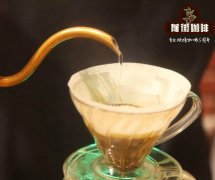
There are only two kinds of plants that have real commercial value and have been planted in large quantities: Arabica and Robusta.
Professional coffee knowledge exchange more coffee bean information please pay attention to the coffee workshop (Wechat official account cafe_style) iron truck and bourbon like drinking red wine, coffee is also divided into many varieties, according to biology, can be divided into Arabica (Arabica), Robusta (Robusta) and Liberika (Liberica), but it really has commercial value and is big.
- Next
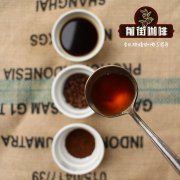
What is the Red Cherry Plan? what are the characteristics of the Red Cherry Project?
Professional coffee knowledge exchange more coffee bean information please follow the coffee workshop (Wechat official account cafe_style) said that the red cherry project many friends are no stranger to the name. So what kind of project is the Red Cherry Project? Maybe only a few people can tell. The Red Cherry Project (Operation Cherry Red Project is also abbreviated to OCR), is
Related
- Detailed explanation of Jadeite planting Land in Panamanian Jadeite Manor introduction to the grading system of Jadeite competitive bidding, Red bid, Green bid and Rose Summer
- Story of Coffee planting in Brenka region of Costa Rica Stonehenge Manor anaerobic heavy honey treatment of flavor mouth
- What's on the barrel of Blue Mountain Coffee beans?
- Can American coffee also pull flowers? How to use hot American style to pull out a good-looking pattern?
- Can you make a cold extract with coffee beans? What is the right proportion for cold-extracted coffee formula?
- Indonesian PWN Gold Mandrine Coffee Origin Features Flavor How to Chong? Mandolin coffee is American.
- A brief introduction to the flavor characteristics of Brazilian yellow bourbon coffee beans
- What is the effect of different water quality on the flavor of cold-extracted coffee? What kind of water is best for brewing coffee?
- Why do you think of Rose Summer whenever you mention Panamanian coffee?
- Introduction to the characteristics of authentic blue mountain coffee bean producing areas? What is the CIB Coffee Authority in Jamaica?

